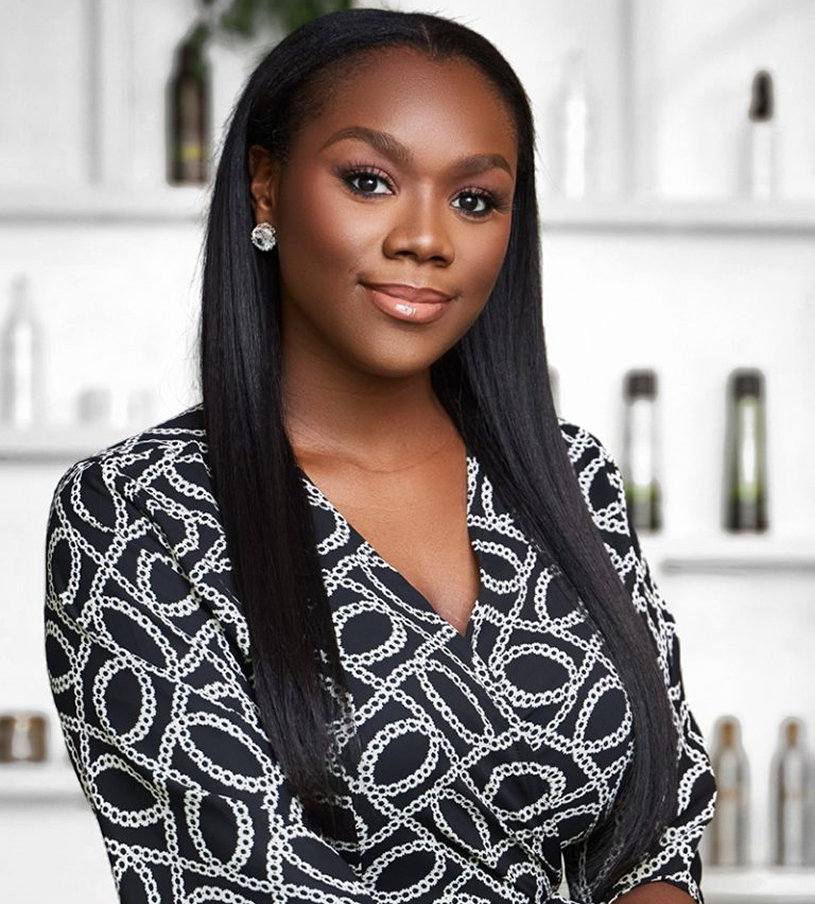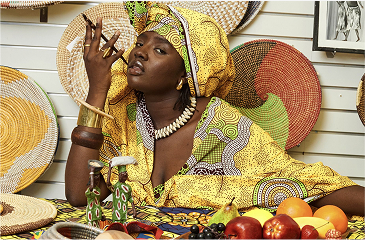Taupe Tools is Redefining Hair Care for Black Women

“We are more of a solution-based brand for black women and Black hair care. So I feel like it’s like for us, by us.” Meet Fola Fash, the visionary behind TAUPE TOOLS.

“We are more of a solution-based brand for black women and Black hair care. So I feel like it’s like for us, by us.” Meet Fola Fash, the visionary behind TAUPE TOOLS.

This episode of African Creative Stories features the talented Tshidiso Mothusi Mothusi, an excellent photographer, Dive into his inspiring journey as you read on.

On this month’s episode of African Creative Stories, we had an inspiring conversation with Piiiirre, a talented art director based in Canada.